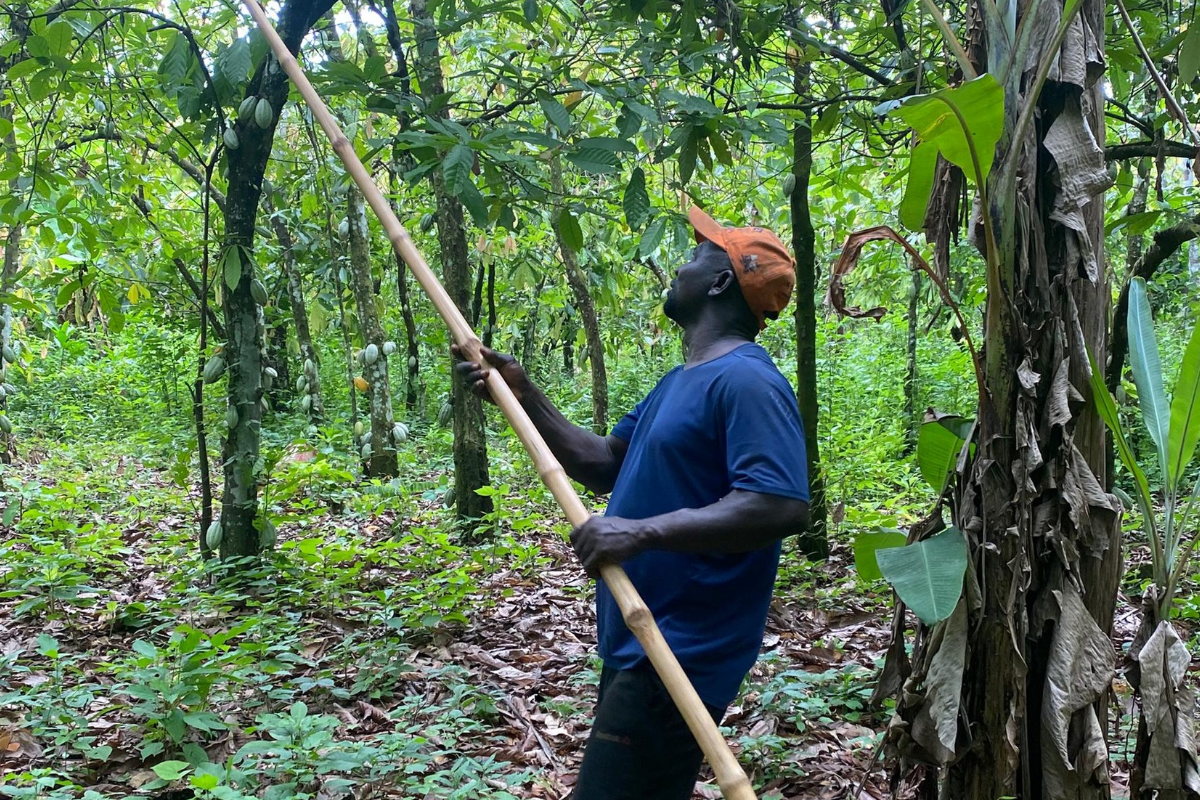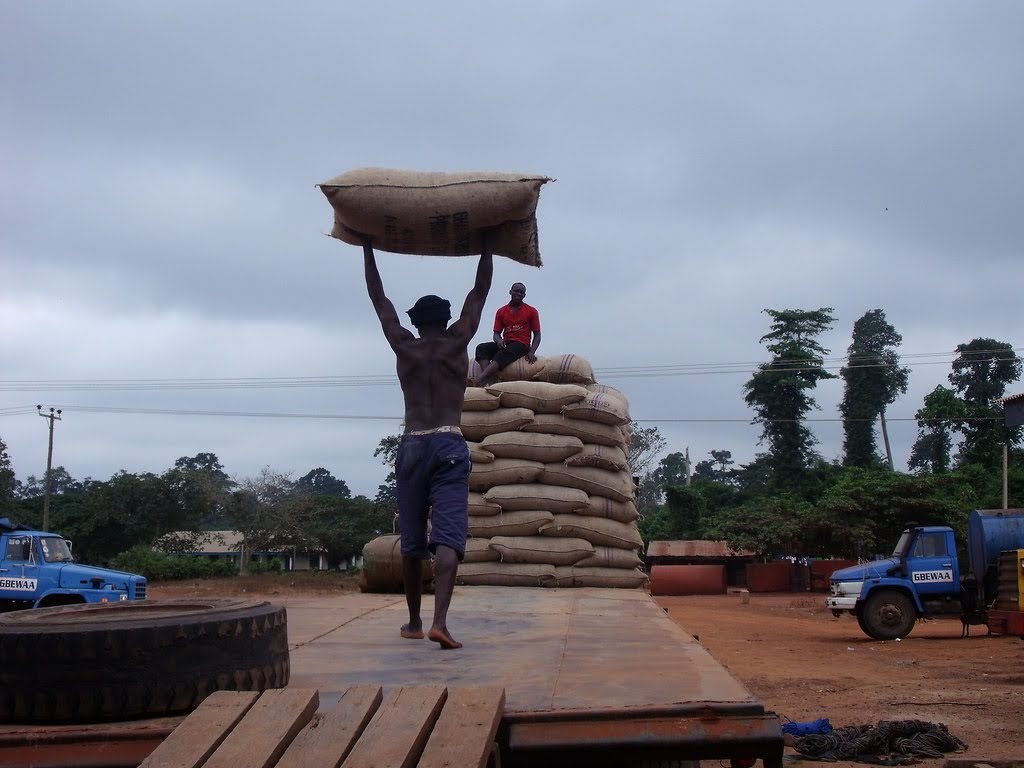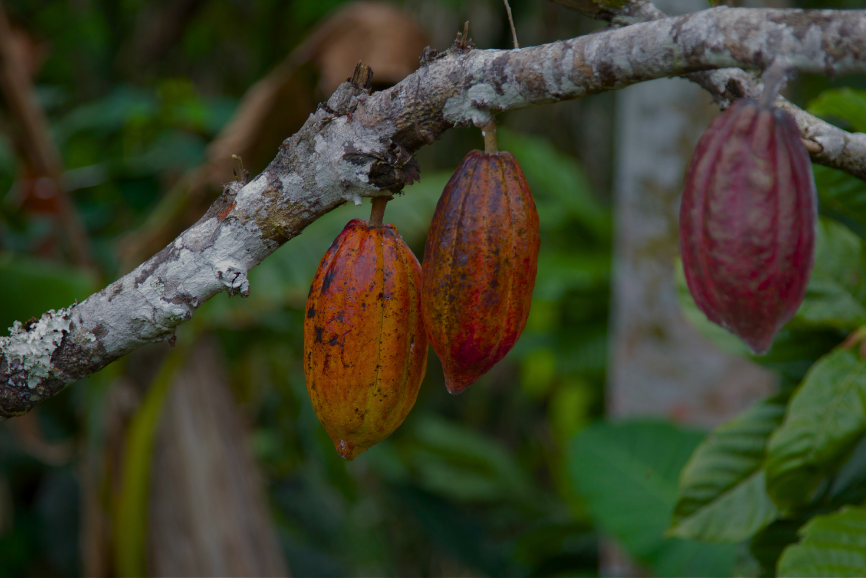Cocoa once played a major role in Nigeria’s economy. From the 1950s to the early 1970s, it was the country’s leading source of foreign exchange, helping to build schools, roads, and entire communities. Today, many believe the discovery of crude oil shifted national focus away from the commodity. Efforts are now in progress to revive the sector, but can it truly thrive in a changing climate?
In our recent survey with cocoa farmers across the region, many shared their concerns. Some farmers spoke of shorter rainy seasons, dry soils, and increased pest and disease pressure, all of which make cocoa harder to grow. Others pointed to youth migration, aging farms, and limited support as barriers to the sector’s development.
Experts warn that unless Nigeria takes climate change seriously by investing in resilient farming methods, the dream of reviving the cocoa sector may remain out of reach. Another potential roadblock is the question of who should bear the cost of building resilience in the sector.
Realities from the Farm

Mobolaji Ajala, a farmer in South West Nigeria shared his experience during an interview session with our researcher.
“Money is the major challenge”
he said. “Without it, there is not much that we can achieve when it comes to production”. Everything goes with money. We need it to buy fertilizers, access new seed varieties and the chemicals needed to prevent pests. Also, when it gets too dry, big farmers with money are able to dig wells on their farms, so it’s easier for them when it doesn’t rain. I travel miles to get water for my seedlings in the nursery so they can survive.”
Further interviews with other farmers in the region prove that when smallholder farmers do not get the required resources to tackle the effects of climate change, their crop yields decline, and pest and disease pressure intensifies, making farming even more difficult. Despite various initiatives aimed at improving cocoa productivity in Nigeria, support often misses the mark. Solutions are frequently designed based on outsider assumptions rather than the lived realities of farmers.
10 out of 12 cocoa farmers interviewed across Ogun, Ondo, Cross River and Oyo states in Nigeria emphasized that while inputs like seedlings and fertilizers are important, they make little difference unless more urgent challenges such as water scarcity and limited access to credit are tackled first. For instance, supplying a farmer with improved cocoa seedlings while ignoring the chronic water shortages on their farm may ultimately render the support ineffective.
These inputs are often delivered through a mix of government extension services, donor-funded development projects, and sustainability programs led by cocoa-buying companies. However, many of these well-meaning interventions fall short because they fail to ask farmers what they truly need. If the nation is to build a climate-resilient cocoa sector, support must be both deliberate and inclusive—designed with farmers, not just for them.
Below are field photographs showing some of the challenges cocoa farmers face in their efforts to grow the crop.

The images show clear signs of damage caused by pests and diseases that affect cocoa trees. Some of the leaves have been eaten or torn by insects such as caterpillars or grasshoppers, which feed on the foliage and weaken the plant. Other leaves show small spots and patches, which are early signs of disease. More seriously, many of the cocoa pods in the photos are rotting or turning black. This is often caused by a common disease known as black pod, which spreads quickly and can destroy large parts of a farmer’s harvest. In some cases, the infection can even spread from the pods to the trunk of the tree.
How Cocoa Traders Are Responding to the Current Crisis
Cocoa traders like Olam Food Ingredients rely heavily on the output of smallholder farmers to sustain their operations. For this reason, some traders have invested in sustainability initiatives aimed at boosting farmer productivity and ensuring a consistent supply. However, many continue to prioritize procurement volume over long-term sustainability.
In our interview with Dr. Taiwo Osun, Nigeria Sustainability Manager at Ecomtrading, he explained:
“Trading companies are not necessarily constrained by falling yields in any single region. If cocoa production drops due to climate stress or poor farming practices, traders often shift sourcing to other areas where cocoa is still available. While this may increase costs, it ensures supply continuity.”
Dr. Taiwo Osun also outlined the support his organization provides to farmers within its supply chain, including annual seedling distribution, training on agronomic practices such as agroforestry, and the provision of agrochemicals to combat insect pests and diseases. He noted that farmers who receive this support tend to achieve better yields.
In a news report published two years ago, an investigation revealed that cocoa grown illegally in some of the country’s protected forest zones was being purchased by licensed agents and sold to major trading firms. Despite public commitments to sourcing sustainable cocoa and preventing deforestation, some traders were found to be turning a blind eye to the origins of the cocoa they buy. Local brokers and warehouse managers admitted that some of these companies “buy everything,” regardless of whether the beans come from legal farms or illegal plantations deep within protected forest reserves.
Traceability, in theory, is meant to ensure transparency from farm to warehouse, but in practice, it is often poorly implemented. According to testimonies gathered during the investigation, both farmers and local middlemen confirmed that cocoa beans from illegal sources are easily mixed with legitimate supplies, especially at local buying stations where oversight is minimal. Such weak enforcement not only undermines environmental and social accountability but also discourages meaningful investment in the long-term sustainability of cocoa farming communities.

Farmers Outside the Reach of Sustainability Efforts
A recent interview with Mr. Anthony Atah, Cross River Landscape Director at the Wildlife Conservation Society, Nigeria, revealed that significant efforts are being made to promote sustainable land use among cocoa farmers in the region. This approach focuses on discouraging encroachment into forest reserves or protected areas by helping farmers improve productivity on existing cocoa farmland through techniques such as agroforestry. However, many cocoa farmers are not participating in these sustainability initiatives.
He also explained why most cocoa farmers are not achieving resilience to climate shocks or maintaining stable yields: “They haven’t attained resilience because they rely heavily on rainfed agriculture,” he said.
As rainfall becomes more unpredictable due to climate change, farms that rely solely on seasonal rain suffer from drought stress and irregular pod development. Few farmers have access to irrigation systems, and even fewer are trained in soil health or water conservation techniques such as mulching to retain soil moisture, cover cropping to prevent erosion and improve soil structure, and composting to enrich soil fertility. In addition, practices like planting shade trees to reduce evaporation are rarely adopted due to a lack of training.
The expert noted low farmer attendance at some sustainability training sessions he had been involved in. As a result, traditional methods persist, yields remain low, and farms are left vulnerable to climate shocks.
Without understanding and addressing the reasons why farmers remain excluded from these efforts, resilience will remain out of reach—no matter how many programs are launched.
The Role of Government and Financial Institutions
Efforts by the Nigerian government and financial institutions to strengthen resilience in the cocoa sector are gaining visibility, but significant gaps remain in implementation, accessibility, and scale.
Initiatives such as the Nigerian Incentive-Based Risk Sharing System for Agricultural Lending (NIRSAL), backed by the Central Bank of Nigeria, aim to reduce risks in agricultural financing by offering credit guarantees, technical support, and insurance. However, many smallholder cocoa farmers still face barriers in accessing these benefits, particularly due to limited awareness, administrative bottlenecks, and complex eligibility requirements.
One of the farmers we interviewed said he had never received any support from the government or any bank, adding that he was not even aware such programmes existed. “If there is any help out there, no one has ever told us,” he said.
On the insurance front, the Nigerian Agricultural Insurance Corporation (NAIC) has expanded its presence across different zones, but uptake among cocoa farmers remains relatively low. Many producers lack awareness of available insurance products or face affordability issues.
Meanwhile, the private sector is stepping in with targeted interventions. In February 2025, British International Investment committed over $40 million to Johnvents Industries to support climate-smart cocoa processing and value addition. The investment aims to scale up production from 13,000 to 30,000 metric tonnes per year. To complement this expansion, Johnvents is working to build a 100% traceable and at least 90% certified supply chain by 2027, sourcing mainly from Rainforest Alliance–certified smallholder cooperatives. The company is also expanding its “Nourished Crop, Better Farmer” out-grower programme to reach 150,000 farmers by 2030. This will be achieved through training, improved planting materials, and guaranteed market access.
These developments suggest that progress is being made; however, it is equally important to measure resilience at the farm level, ensuring that smallholder cocoa farmers are truly benefiting from these interventions and are better equipped to adapt to ongoing challenges.
Conclusion
The journey to build true resilience in Nigeria’s cocoa sector has only just begun. While there are some promising steps, these efforts remain limited and not yet properly structured. For many farmers, not much has changed on the ground.
The reality is that no single group can fix this alone. Building a stronger, more climate-ready cocoa sector requires collaboration. Government agencies need to listen more. Banks need to take more calculated risks. And farmers need better information and support. It will take time, but it is achievable.
Paul Temidayo
Independent Researcher for Resilience Constellation

